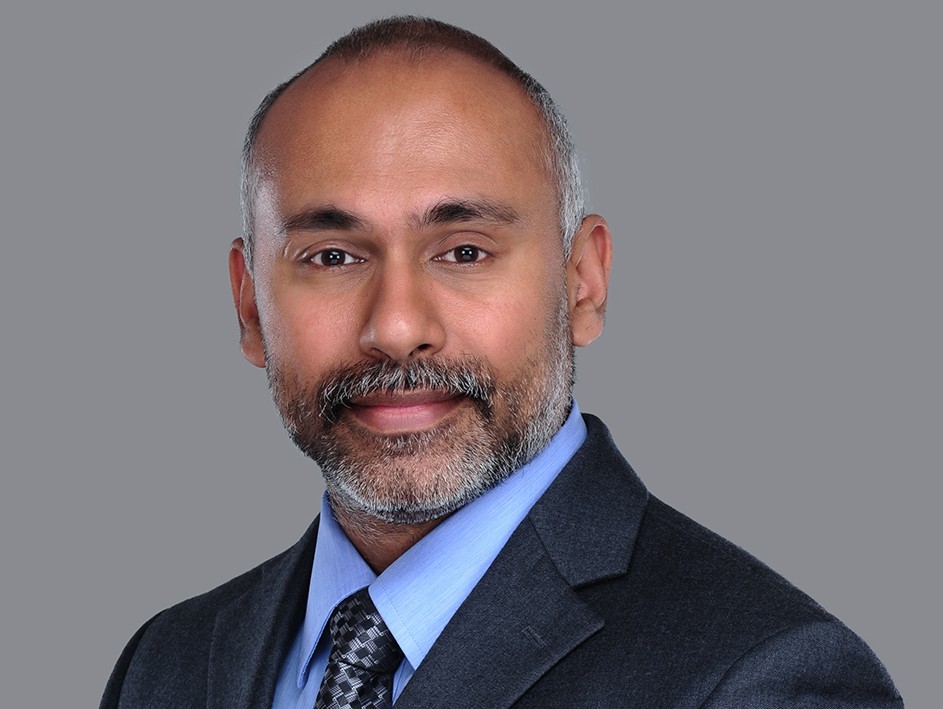One of the common discussions I’ve run into with friends and ex-colleagues in India, especially in Kerala is regarding ’employability’. A useful definition on wikipedia refers to ’employability’ as a person’s capability for gaining and maintaining employment (Hillage and Pollard, 1998).
Multiple contacts of mine on the corporate side from small and large companies confirm that they’re finding it more and more difficult to find and hire quality candidates among fresh graduates. On the other hand, the number of professional colleges and students passing out have gone up by a big margin in recent years. The gap seems to be widening in a different direction.
Having been involved in multiple related discussions and activities like university hiring in small and large organizations and with the development of a global graduate program for a multinational organization, there is little doubt that there needs to be an active dialogue on this among educators and addressed early in the educational system.
How could we look at improving employability?
In simple terms, organizations generally tend to look for three fundamental categories, especially among fresh professional graduates.
- Technical or Hard Skills (Competent knowledge on a specific engineering, software programming area, related thinking approach to solutions, financial skills etc.)
- Soft Skills (Visible and measurable aspects like communication, interpersonal skills, learning agility etc.)
- Attitude (Approach to tasks, mindset, ability to take responsibility and accountability, resilience in difficult situations etc.). There may be some overlap with the second category or be combined with the second.
Skilled recruiters and hiring managers try to combine all the available data points like grades, responses to questions in interviews, visible behaviors, resume, group discussions, extra curricular activities, psychometric test responses if & where relevant, while finalizing a hire. Students with high degree of self awareness and emotional intelligence generally seem to stand out from the crowd.
Most of my corporate connections seem to agree that the second and third categories are equally important, compared to the first category of technical skills or knowledge. Many jobs/roles that hire professional students today may not relate to their primary area of study but look for the ability to adapt their learning process and approach to other areas.
Designers of professional educational programs may need to rethink their effort, energy and overall investment across these categories. It would be useful for them to seek support from internal and external experts, including alumni, recruiting organizations to ensure impact for their students and programs. When professional education programs are designed with the intent to develop well rounded personalities, they result in higher probability of success in career and life, even in difficult environments. Working with some of the behavioral skills could go a long way to helping students navigate through their career beyond the initial years.
It would be worthwhile for individual students to ask themselves how much of their time and energy is invested on developing themselves beyond learning their normal curriculum in professional institutions. Students can take responsibility for their own development, in a digitally connected world and instant availability to brilliant sources of knowledge and wisdom.
I close with the following humble suggestion for students – Your investment in your continuous personal development will always pay off in the long run. Even for those who may not land your first campus job, please remember that your first job is only the start of a long working journey. There is a long way to go and there will be lots of ups and downs. As much as possible, select work that you will enjoy doing and seem to hold at least some opportunities – not what everyone around defines or tells you is good. Be open to experimenting early in your career. There will always be opportunities with patience, resilience through difficult times and hard work. The earlier you can start, the better. I also encourage you to seek and find mentors to help you on your journey that you should take responsibility for.
PS: Taking this opportunity to remember and thank one of our engineering professors, Dr. K. Usha who spent lots of extra personal time and effort to prepare her students on topics beyond engineering, scheduling extra sessions during lunch breaks and available hours, on her own initiative. We need more role models and educators who can think and act beyond ‘normal’.



Recent Comments